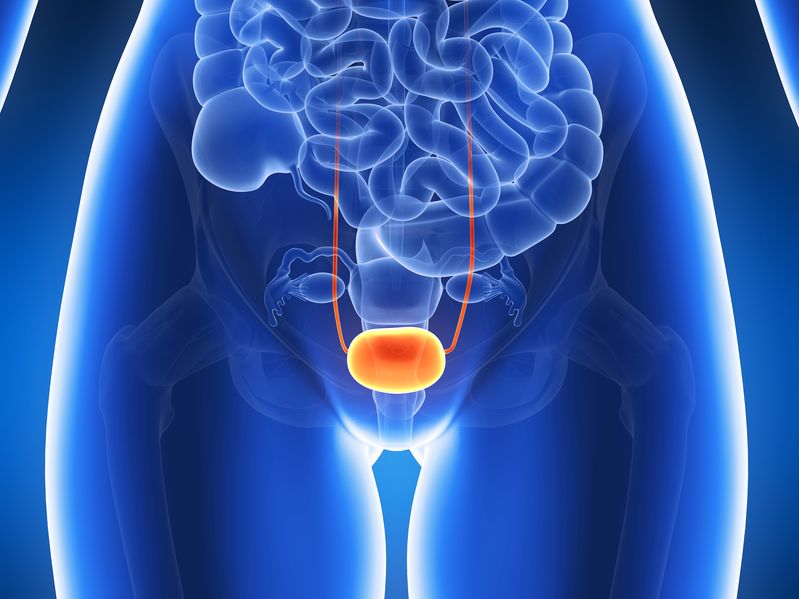- Methodology of targeted invitation for cervical cancer screening by health insurance companies
- Screening evaluation indicators
- Methodological instructions for reporting procedures and diagnoses (codes) for healthcare providers
- Invitation letter
- Invitation letter – infographic
- EU Guidelines
- Annex No. 2 of Act No. 577/2004 Coll. DESCRIPTION OF ROUTINE CHECK-UPS
According to the latest global epidemiological data from 2018, cervical cancer had the third highest incidence and fourth highest mortality. Cervical cancer incidence was the fifth highest in Slovakia according to the latest published epidemiological data. (1,2) Cervical cancer occurs mainly in developing countries. Its incidence and mortality have a decreasing tendency in developed countries thanks to effective screening and HPV vaccination programs. Human papillomavirus (HPV) is considered to be the causal factor of the disease. There are several recommended options for testing with the objective to detect changes related to the presence of cervical cancer or precancerous changes. One of them is Papanicolaou cytology smear, also called Pap test, and HPV testing, which is recommended for an age group from 25 to 30 years of age. In general, the probability of detection of HPV infection is fairly high for women aged 25 – 30, however, in most cases, this infection has no clinical significance and most lesions with low, medium or even high grading regress spontaneously. HPV examination would thus lead to an unnecessary burden for these women by further excessive examinations. Even for 30+ age group, it is still possible to use a stand-alone cytological smear in regular time intervals; it is also possible to use a reflex HPV test, cotest (i.e. HPV test plus cytology) or a stand-alone HPV test. Based on expert consensus, cervical cancer screening in Slovakia is designed as conventional cytology smear in a 1-1-3-year interval for women aged over 23 (i.e. the first two examinations are indicated in one year and later on, if the result is normal, the examination is performed once in three years). If a woman has had a negative result in the last three cytological smears in a 3-year interval and no high-risk lesion has been detected in the cervical area, cervical screening ends at 65 years of age. Health insurance companies will invite women in Slovakia to cervical cancer screening according to a precise set of rules. A coordinated and monitored screening program should increase the participation of women in the screening in order to reduce the incidence of invasive lesions and the morbidity and mortality of this serious disease. Besides the screening program, another important measure is across-the-board vaccination against HPV which is generally recommended for both sexes at ages from 9 to 45, with the effect of the vaccination decreasing with age. (3) Recommendations in individual countries and state-guaranteed reimbursements differ.
References:
- Hlodáková V, Diba S Ch, a kol. Incidencia zhubných nádorov v Slovenskej republike 2011. Vydavateľstvo NCZI, Bratislava 2018.
- https://www.noisk.sk/files/2020/2020-08-20-skrining-krk-pozyvanie-noi-final.pdf, zdroj citovaný dňa 20.8.2020.
- Arbyn M, Xu L, Simoens C, Martin-Hirsch PPl. Prophylactic vaccination against human papillomaviruses to prevent cervical cancer and its precursors. Cochrane Database Syst Rev. 2018(5): CD009069.

- Methodical Instruction of the Ministry of Health of the Slovak Republic for Expert Colposcopy
- In connection with the implementation of organized screening, a certified activity “Expert colposcopy” has been established. The list of certified facilities, how to get involved in a certification preparation and other important information can be found HERE.
